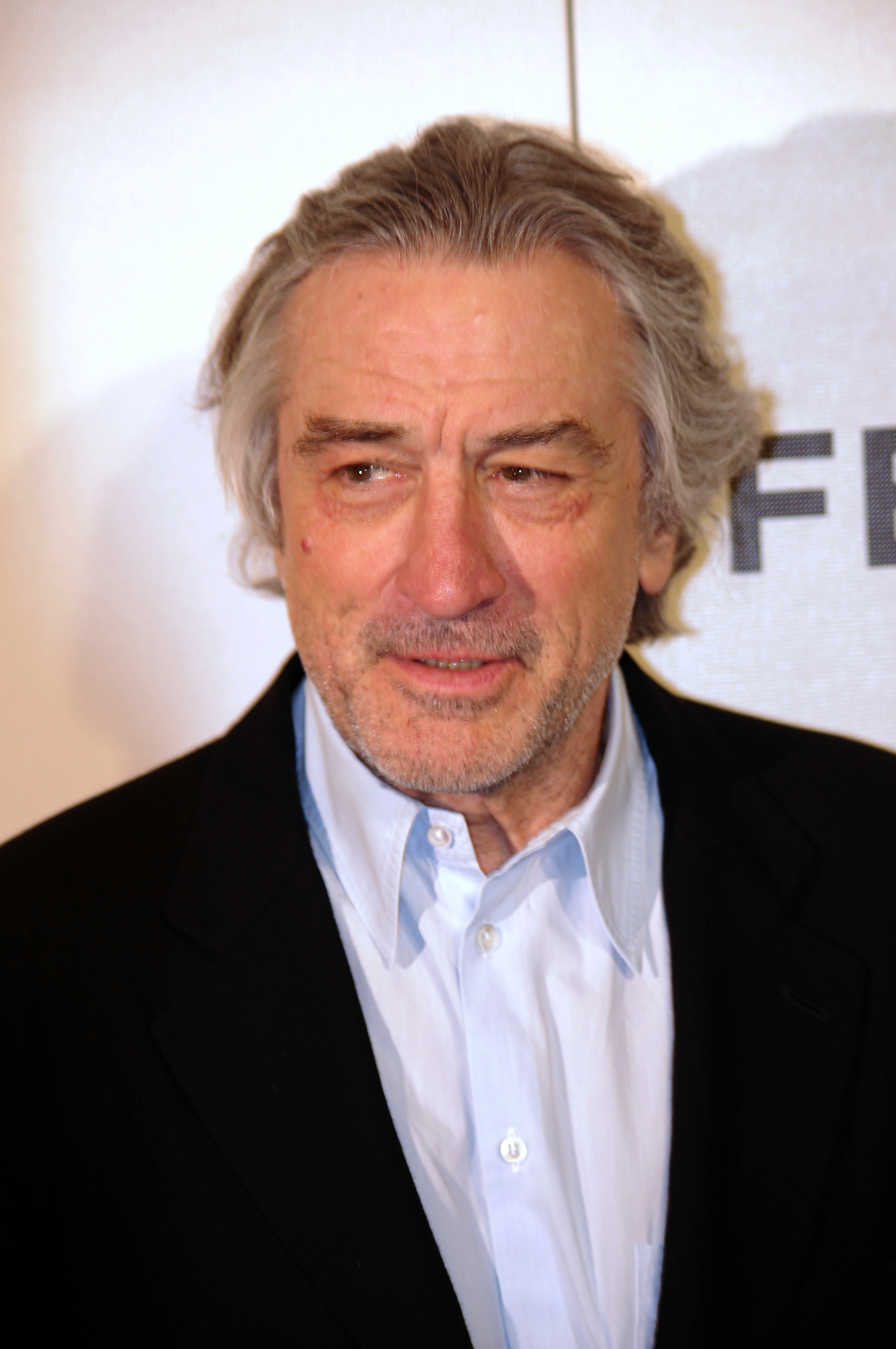The media furore over Robert De Niro’s plan to include an anti-vaccine film in the Tribeca Film Festival programme highlights the risks of promoting ‘both sides’ of science stories.

‘Always get both sides of the story.’ It sounds like the First Rule of Journalism; a way to ensure objectivity and fairness. The trouble is that not all sides are equal.
Take climate change. An estimated 97% of scientific papers in peer-reviewed journals subscribe to the idea that human beings are playing a role in climate change.
This does not mean that climate science or policies on how to respond to the problem are beyond scrutiny.
But it does mean that the debate is essentially over so there’s no longer a need for climate scientists to share equal air time or column inches with the maverick minority who believe the scientific consensus is wrong.
To do so would be an exercise in ‘false balance’ and, in an effort to achieve objectivity, presents readers, listeners or viewers with a distorted view of the facts.
Taking this approach to an absurd extreme, there are people who believe the earth is flat and that the moon landings were recorded in Hollywood. They don’t automatically get a right share a stage with NASA or European Space Agency experts for discussions about astronomy.
And so, back to vaccines…
When film star Robert De Niro launched the programme for the Tribeca Film Festival, scientists and immunisation advocates were appalled. And they took action – fast, calling for the film to be dropped given its potential to damage public health programmes.
De Niro, whose intentions were surely benign, initially responded by saying he just wanted to open “a conversation” on the topic.
Amy Pisani, executive director of Every Child By Two – a pro-vaccination group based in the US – responded with dismay. “That conversation has already happened – he just wasn’t paying attention,” she said.
In the face of widespread criticism, De Niro relented and pulled the film from the programme – to the relief of medical experts. (Although the actor has since been linked to anti-vaccine activists.)
“It would have been very dangerous [had the film been shown],” said William Schaffner, professor of preventative medicine at Vanderbilt University Medical Centre. “[Anti-vaccine] views have already caused a slump in immunisations and created scepticism about vaccines without basis in science.”
For journalists, complex scientific issues are tricky. No reporter can be an expert in the diverse range of topics they are expected to cover. And, it must be acknowledged, consensus is pretty low on news value.
It is much easier to report ‘controversy’ as though the facts of climate change or vaccines was a matter of opinion or political debate.
This is a challenge top health journalists are seeking to rise to. This piece by Tara Haelle, a topic leader on medical issues at the Association of Health Journalists, shows the dangers of ‘false equivalence’ and how to be objective in the face of conflicting views.
Also worth a read is the False Balance Toolkit produced by Voices for Vaccines.
The bottom line is that journalists are active actors in public discourse. The media isn’t an agnostic channel which simply puts all information in the public domain; they have to select topics, choose whose views get most attention, and provide critical analysis of issues that interest the public.
When the media ran stories based on Andrew Wakefield’s 1998 it had an impact: MMR vaccination rates fell in many Anglophone countries. In the UK, the epicentre of the Wakefield crisis, MMR uptake only returned to pre-crisis levels in 2014.
Thousands of children were not vaccinated and a disease which had been all but banished from the American continent continues to circulate in Europe.
As a card-carrying member of the National Union of Journalists, I would like to think that lessons have been learned from this experience.




